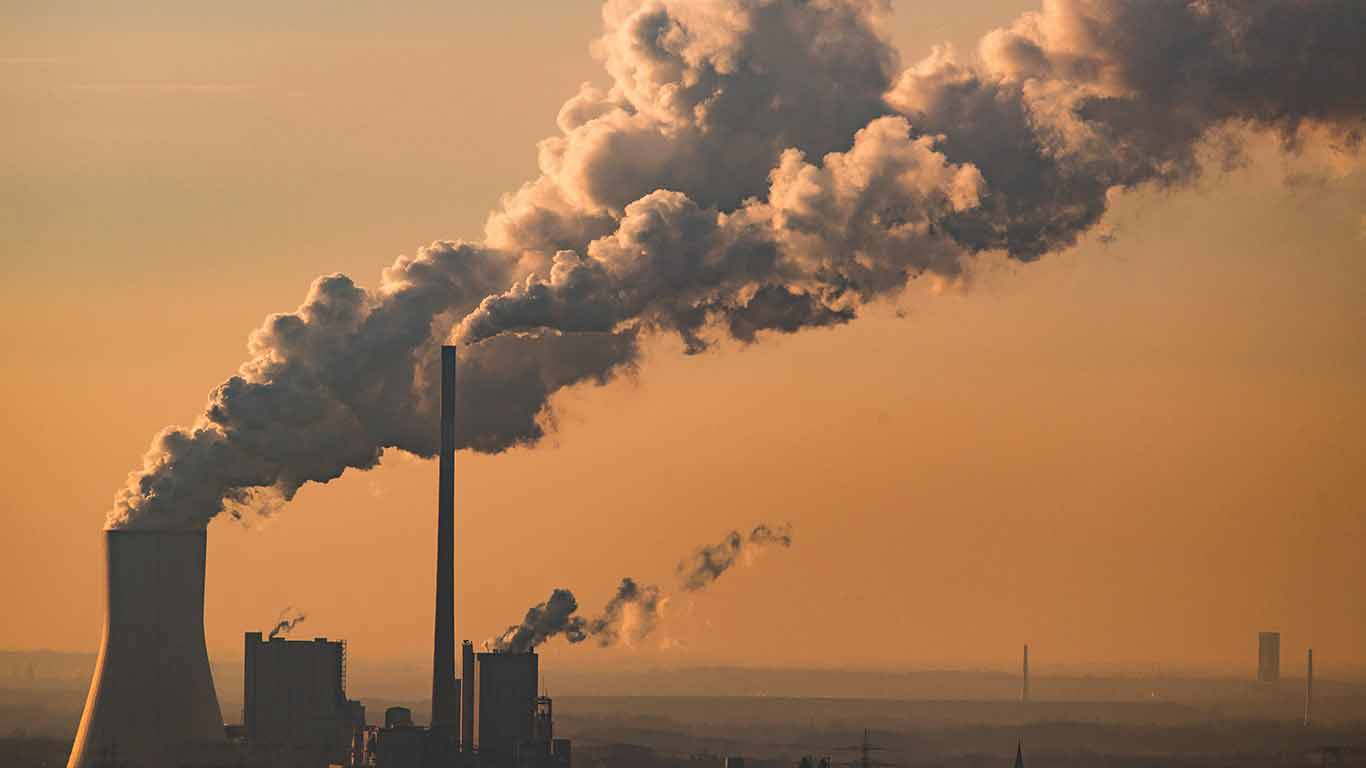HELEN MOUNTFORD, MAURICIO CÁRDENAS
WASHINGTON, DC/BOGOTÁ – The science is clear: to avoid the most damaging effects of climate change, the world must reach net-zero greenhouse-gas emissions around mid-century. That means reducing human-caused GHG emissions to the lowest levels possible, and balancing any remaining emissions by permanently removing an equivalent quantity of GHGs from the atmosphere. Thereafter, the world must ensure that GHG removal exceeds emissions.
Achieving net zero will require a fundamental transformation of global energy and industrial systems, transport, and infrastructure, as well as of agriculture, forestry, and land use. The next 10-15 years are critical. While the world has many ambitious long-term climate targets, it lacks strategies to put the right investments and policies in place.
Moreover, effective and sustainable emissions reduction should also contribute to broad economic development, including by protecting workers, local communities, and human rights. The world should not reach net zero at the expense of vulnerable groups, but rather in a way that ensures a just transition for them.













